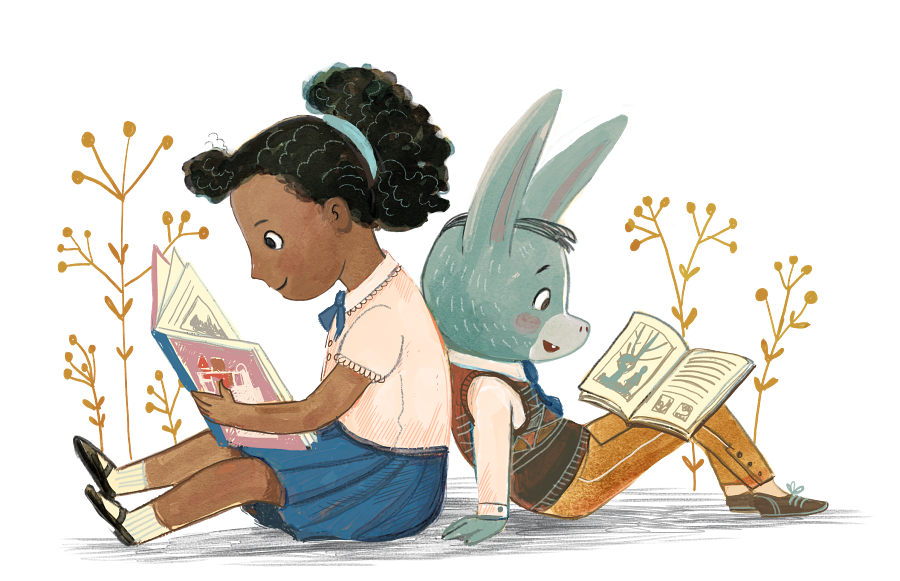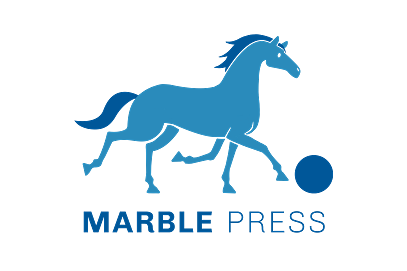As a writer, your primary focus should be on crafting a compelling story with well-developed characters, engaging plotlines, and meaningful themes. Dive deep into character development, exploring their motivations, flaws, and growth throughout the narrative. Consider the overarching themes you want to explore in your graphic novel and how they will resonate with your audience. Remember that the story is the heart of your graphic novel, and strong storytelling will captivate readers even without intricate artwork.
Familiarize yourself with the format and structure of comic scripts by studying resources on comic book writing. Understand the conventions of panel descriptions, dialogue formatting, and page layouts. Experiment with different scripting styles and find a format that works best for you and your collaborative process with the artist. Practice translating visual storytelling elements into written descriptions, honing your ability to convey action, emotion, and atmosphere through words.
Provide clear and detailed descriptions of each panel to guide the artist in visualizing your story. Consider the composition, perspective, and framing of each panel to enhance visual storytelling. Incorporate sensory details to evoke mood and immerse readers in the world of your graphic novel. Balance descriptive prose with brevity to ensure that panel descriptions are concise yet evocative, allowing the artist creative freedom while staying true to your vision. While these details will be translated into visuals by the artist, they are crucial elements of your script.

Partnering with a skilled comic artist is a wonderful opportunity to learn to bring your script to life visually. Establish open communication and mutual respect with the artist, fostering a collaborative creative process. Provide clear guidelines and reference materials to help the artist understand your vision for the artwork. Be receptive to the artist’s feedback and ideas, as they may offer valuable insights that enhance the visual storytelling of your graphic novel.
Including reference images or mood boards can provide visual cues to assist you in visualizing the scenes and characters. Collect reference materials that capture the tone, setting, and aesthetic of your graphic novel, sharing them with the editors for inspiration. Use reference images to convey specific details or visual elements that are integral to the story, ensuring consistency and accuracy in the artwork. We find that Pinterest is a great source to collect and categorize your reference images.
Experiment with different panel layouts to find the most effective way to convey your story visually. Consider the pacing, rhythm, and flow of your narrative when designing panel layouts, aiming to create dynamic and engaging page compositions. Use panel descriptions to guide the artist in arranging the panels for optimal storytelling impact, balancing action, dialogue, and visual storytelling elements across each page.
Concise dialogue is natural-sounding and serves to advance the plot or develop characters. Avoid overcrowding panels with excessive dialogue,(or lengthy descriptions) allowing space for visual storytelling to shine. Focus on creating authentic and memorable character voices, using dialogue to reveal personality traits, relationships, and conflicts. Strike a balance between spoken words and visual cues to convey emotion, tone, and subtext effectively.
Strike a harmonious balance between written narrative and visual storytelling elements to create a cohesive reading experience. Even if you cannot draw you can practice visualizing your story. Allow the artwork to convey emotion, action, and atmosphere while using narration and dialogue to complement the visuals. Consider how text and visuals interact on the page, leveraging the unique strengths of each medium to enhance the storytelling. Aim for synergy between text and visuals, where each element enhances the other to create a rich and immersive narrative experience.
Iterate your script through multiple drafts, refining dialogue, pacing, and plot elements to enhance the overall storytelling experience. Seek feedback from peers, beta readers, or industry professionals to gain valuable insights and perspectives. Be open to constructive criticism and willing to revise your script based on feedback, striving to continuously improve your storytelling skills. Take the time to polish your script until it shines, ensuring that every word contributes to the effectiveness and impact of your graphic novel.
Continuously study and learn from other graphic novels, comic books, and resources on comic scripting. Analyze techniques used by successful writers and artists to improve your skills and storytelling abilities. Explore different genres, styles, and storytelling approaches to broaden your understanding of the medium. Stay curious and engaged with the comic book community, attending conventions, workshops, and events to connect with fellow creators and learn from their experiences. By immersing yourself in the craft of comic book writing, you can develop the expertise and confidence to create compelling and visually captivating graphic novels.
Good luck! At Marble Press, we are always looking for fresh new graphic novel scripts.
